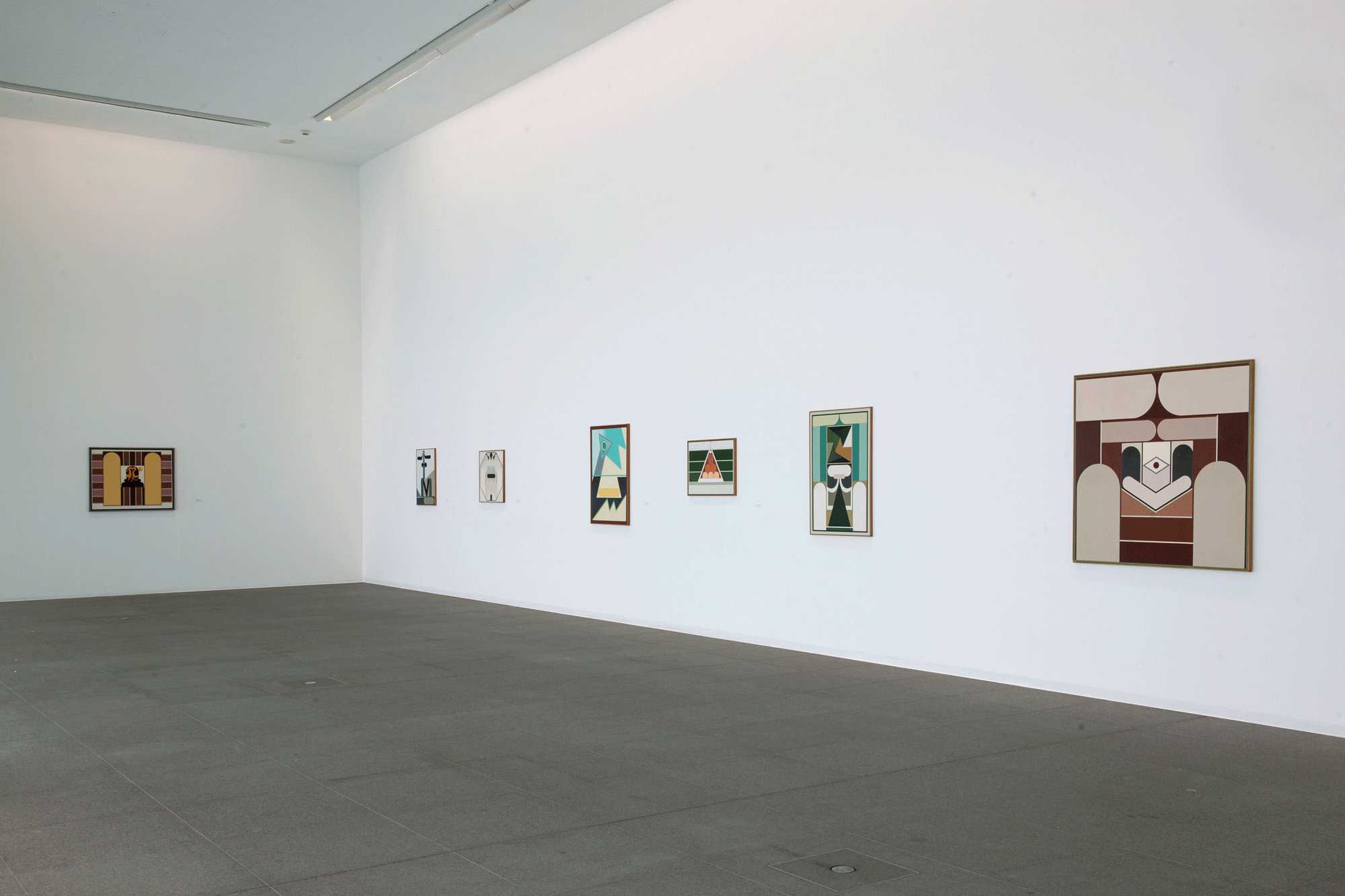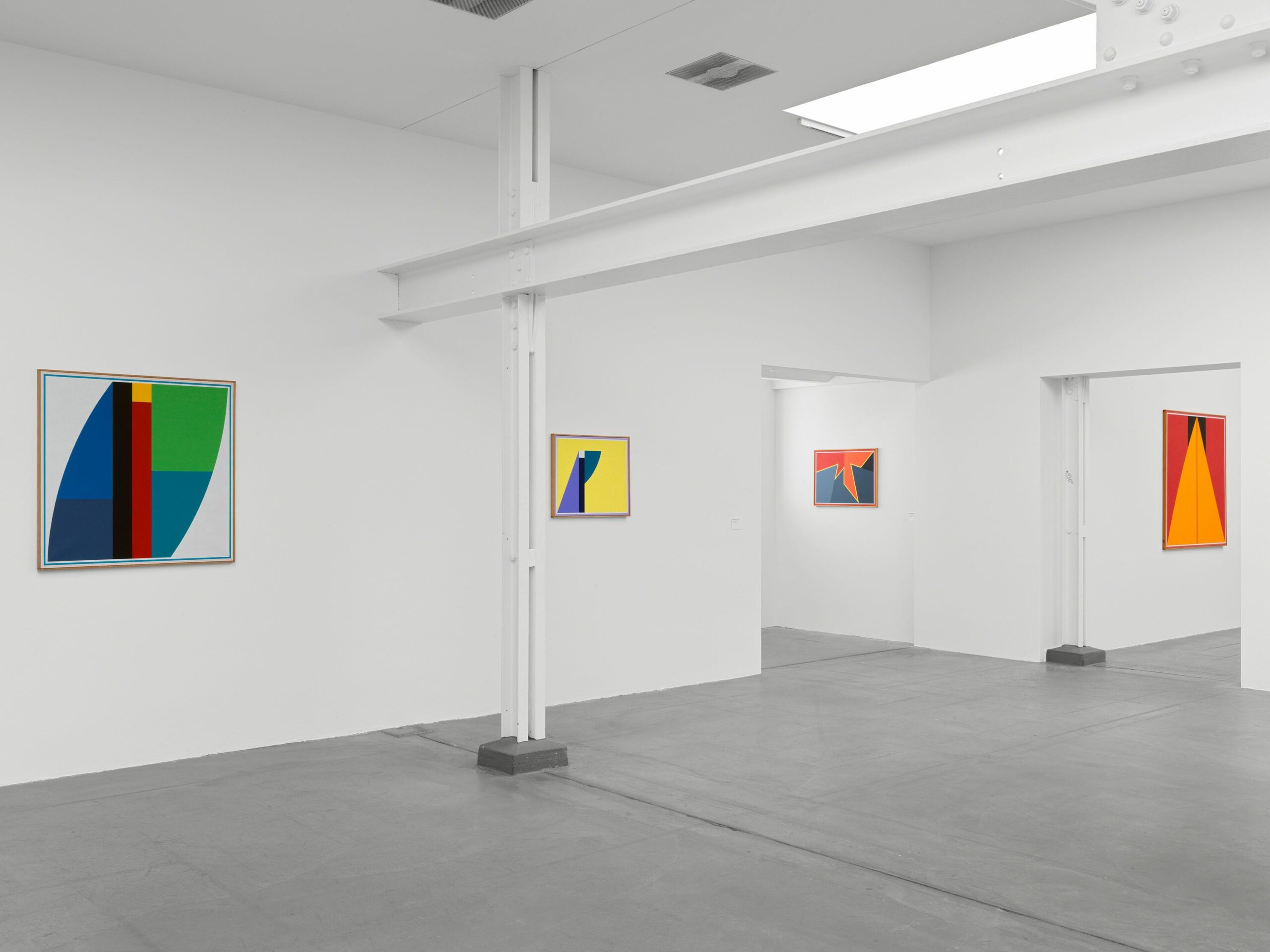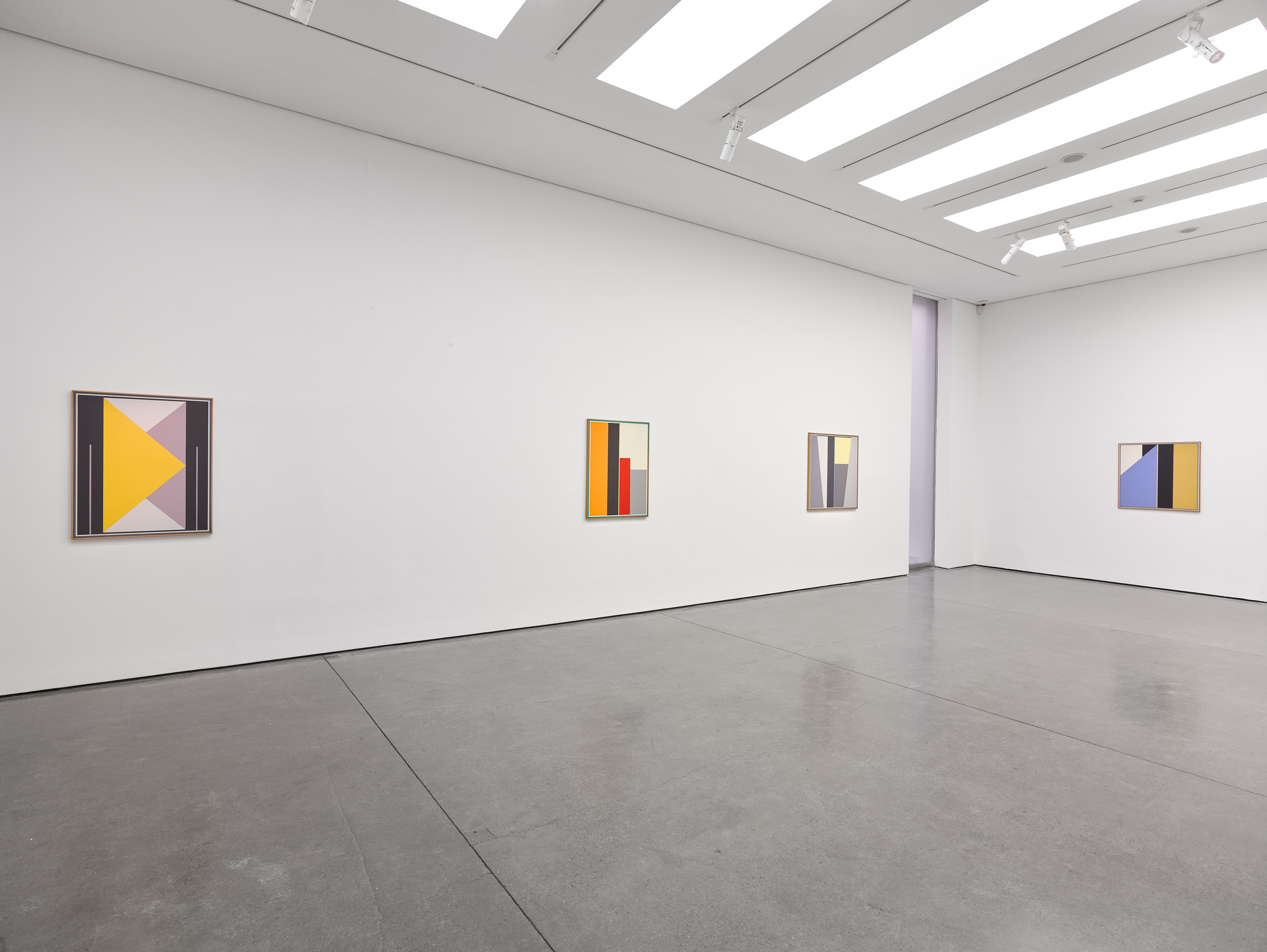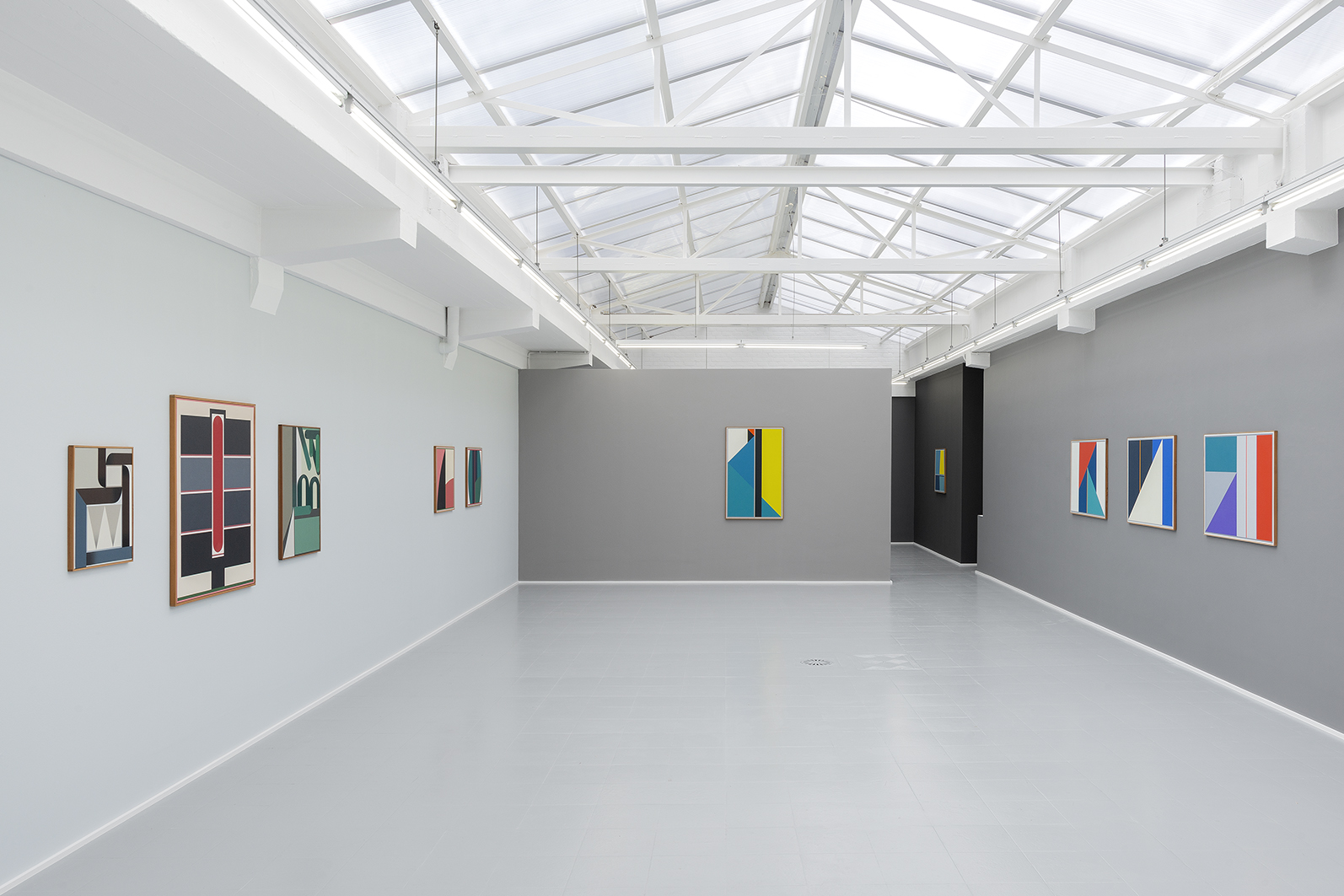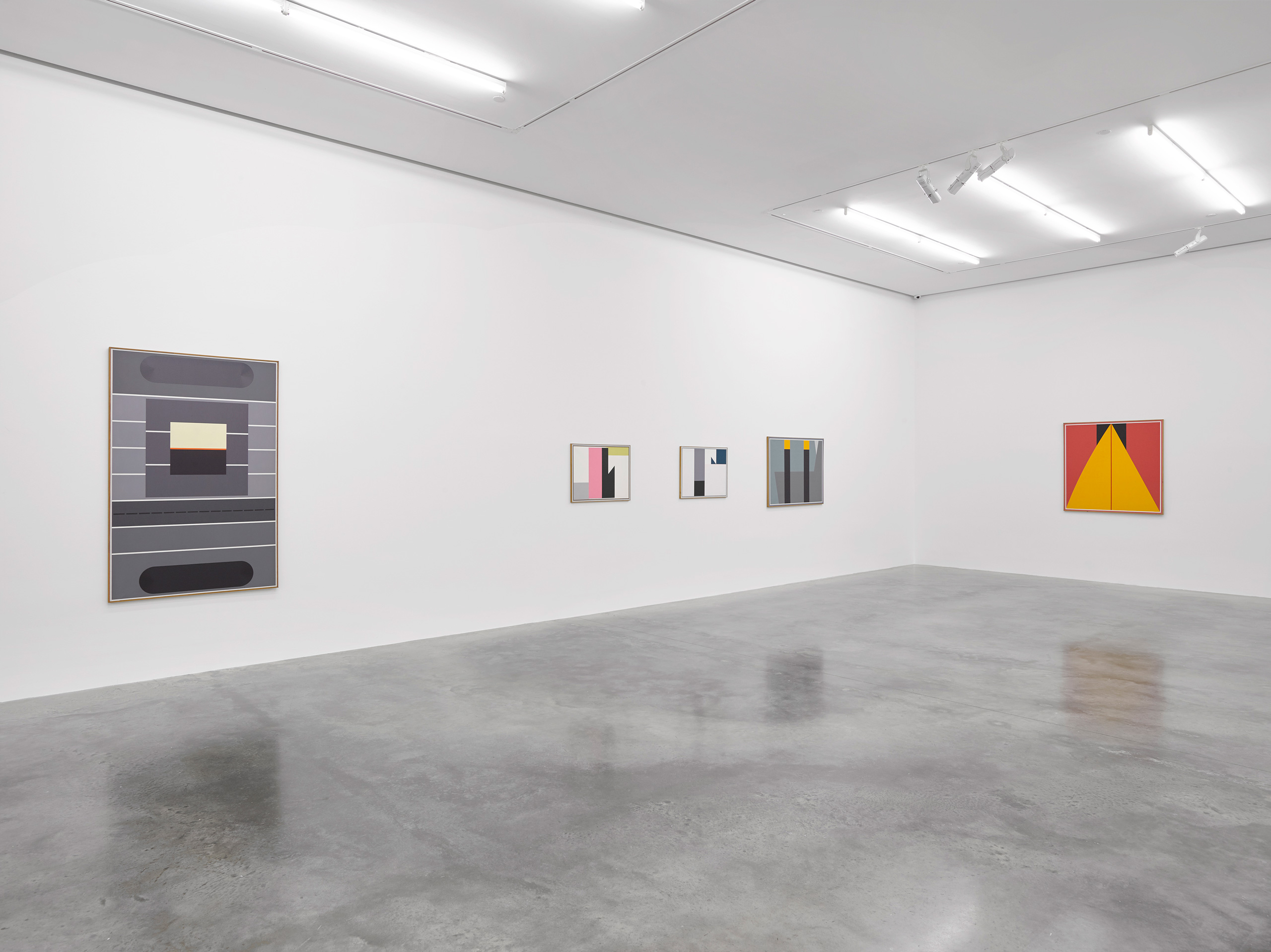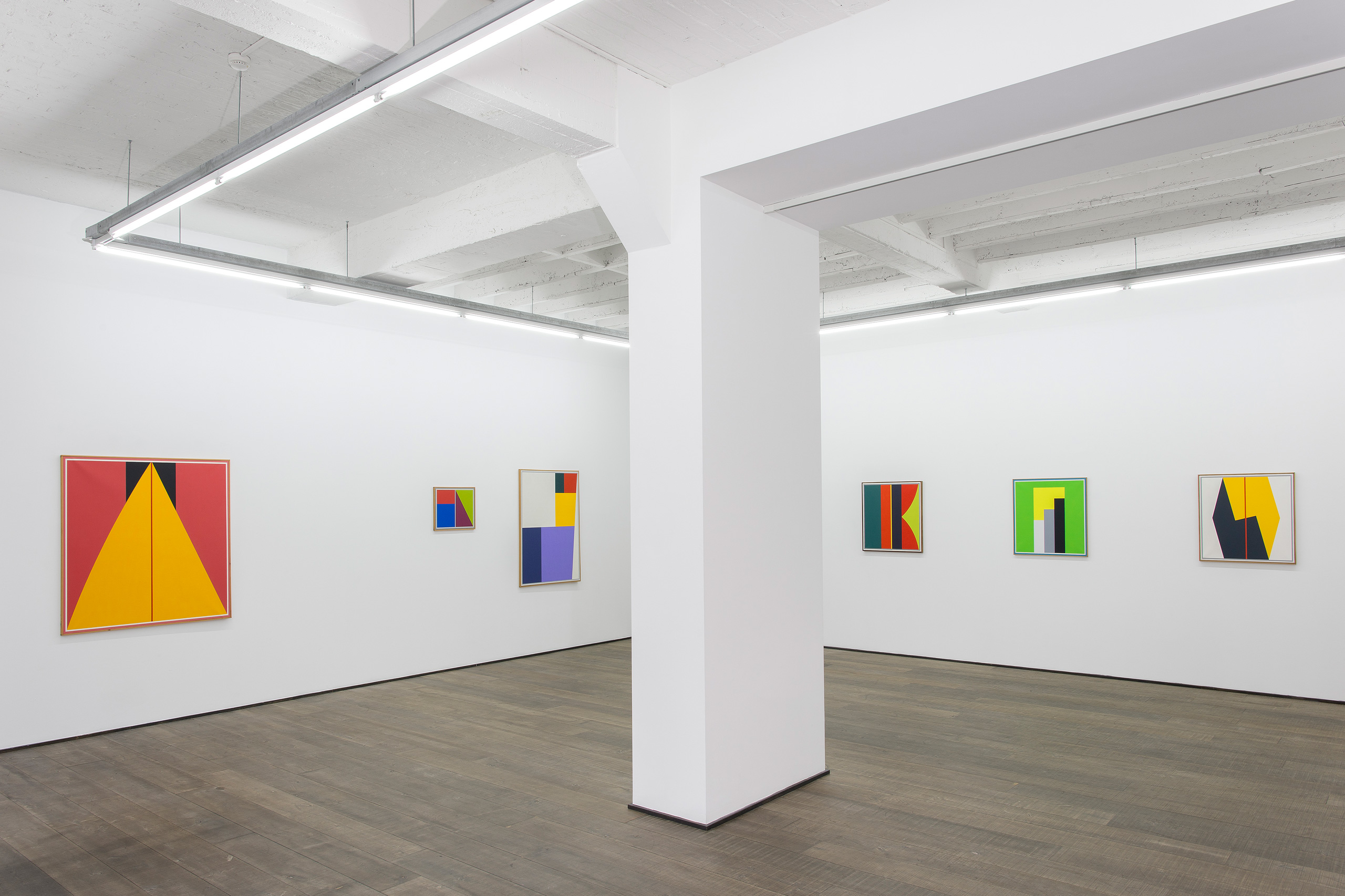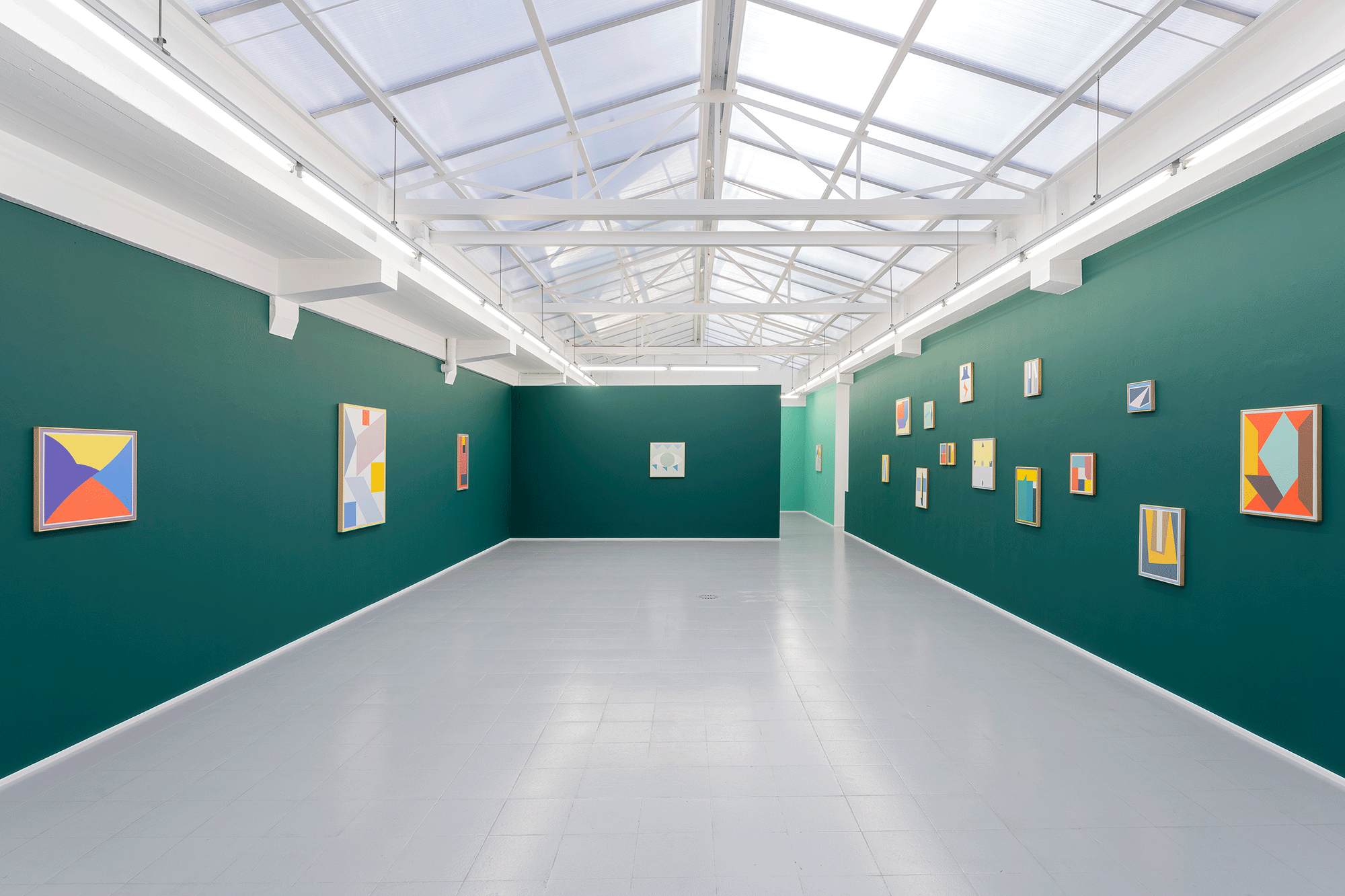
La peinture au quotidien, 2001-2021, rodolphe janssen, Brussels, Belgium
28.10.2021 — 18.12.2021
This third exhibition at the gallery is organized in conversation with the retrospective of Léon Wuidar, À perte de vue at MAC’s Grand-Hornu, Belgium (29.09.2021 > 30.01.2022).
On this occasion, we will present the new monograph published by MAC’s in collaboration with rodolphe janssen, Brussels and White Cube, London, including texts by Denis Gielen (director of MAC’s Grand-Hornu) and Hans Ulrich Obrist (director of Serpentine Galleries, London).
The exhibition will be devoted to works from 2001 to 2021.
In 1998, at the age of 60, Léon Wuidar chose to end his teaching career of 40 years, first at the Ecole Normale of the city of Liège, then from 1976 to 1998 at the Royal Academy of Fine Arts of Liège. From then on, he devoted himself to painting on a daily basis. Our wish through this exhibition is to present works from that period onwards, where, free from any constraint, he dedicates all of his time to developing his work as a painter, in the line of the concrete abstraction that he chose in 1963.
The choice of paintings in the exhibition made by Léon Wuidar and Rodolphe Janssen shows the vitality, renewal and humor of these recent works. New colors, winks to his older paintings, reinterpretations of works by beloved artists all demonstrate to the visitor the youthfulness with which Wuidar has continued to work.
Léon Wuidar was born in 1938 in Liège and lives and works in Esneux, Belgium.
Recent solo exhibitions were held at MAC’s, Grand-Hornu, Belgium (2021); Museum Haus Konstruktiv, Zürich, Switzerland (2020); Vandenhove Centrum voor Architectuur en Kunst, Gent, Belgium (2019); White Cube, London (2019, 2018); rodolphe janssen, Brussels (2016, 2018); Bibliotheca Wittockiana, Brussels (2010); L’Espace du Dedans, Lille (2009); and Gesellschaft für Kunst und Gestaltung, Bonn (2007).
Wuidar’s work is held in international public collections including The Royal Museums of Fine Arts of Belgium, Brussels; Bibliothèque Albertine, Brussels, Belgium; Fernmeldetechnisches Zentralamt, Darmstadt, Germany; Dorstener Maschinenfabrik, Dorsten, Germany; Fondation IDAC, Mondriaanhuis, Amersfoort, The Netherlands; Musée d’Art Wallon, Liège, Belgium; Cabinet des Estampes, Liège, Belgium; Musée en plein air du Sart Tilman, Liège, Belgium; Centre de la Gravure et de l’image imprimée, La Louvière, Belgium; Fondation Meeus, Louvain-la-Neuve, Belgium; Musée de Mariemont, Morlanwelz, Belgium; and Musée des Beaux-Arts, Verviers, Belgium.
